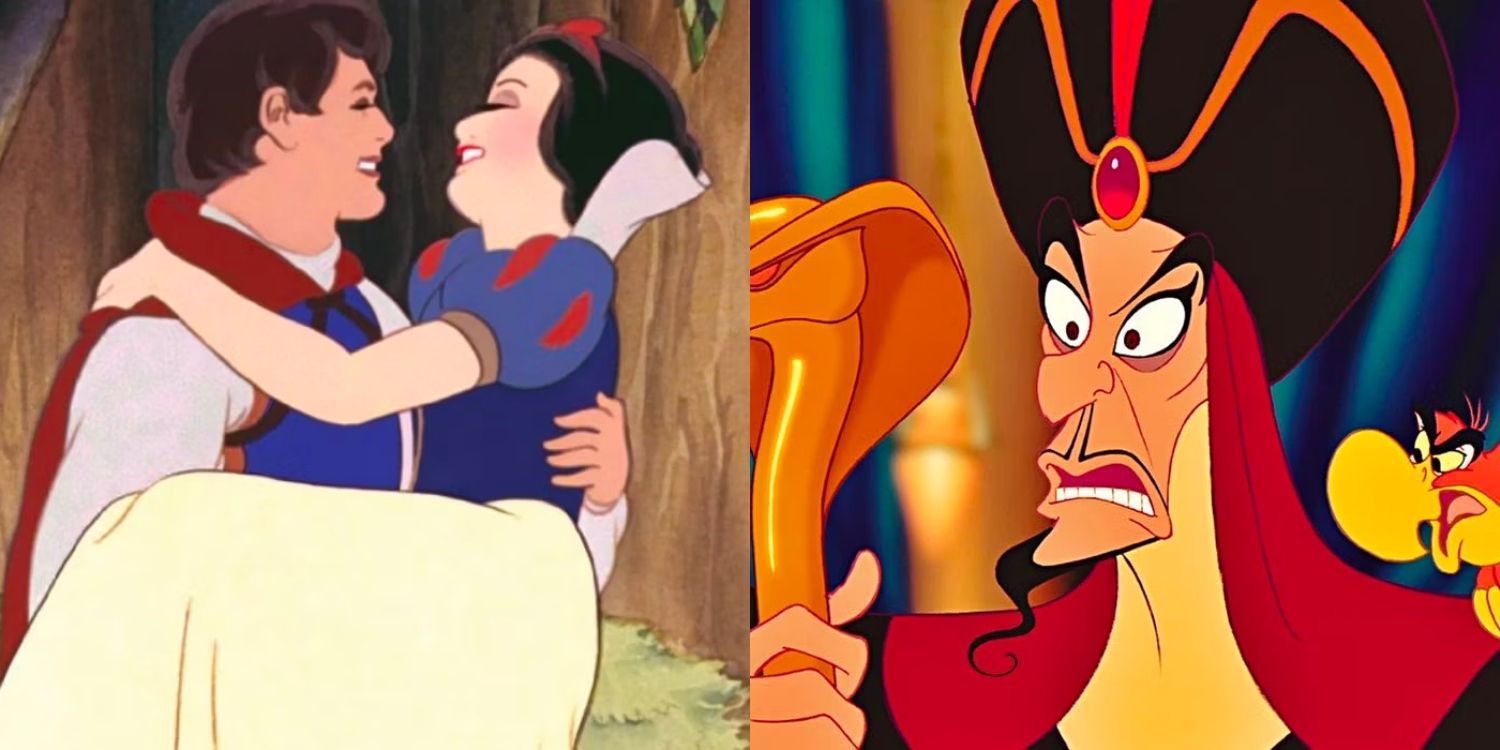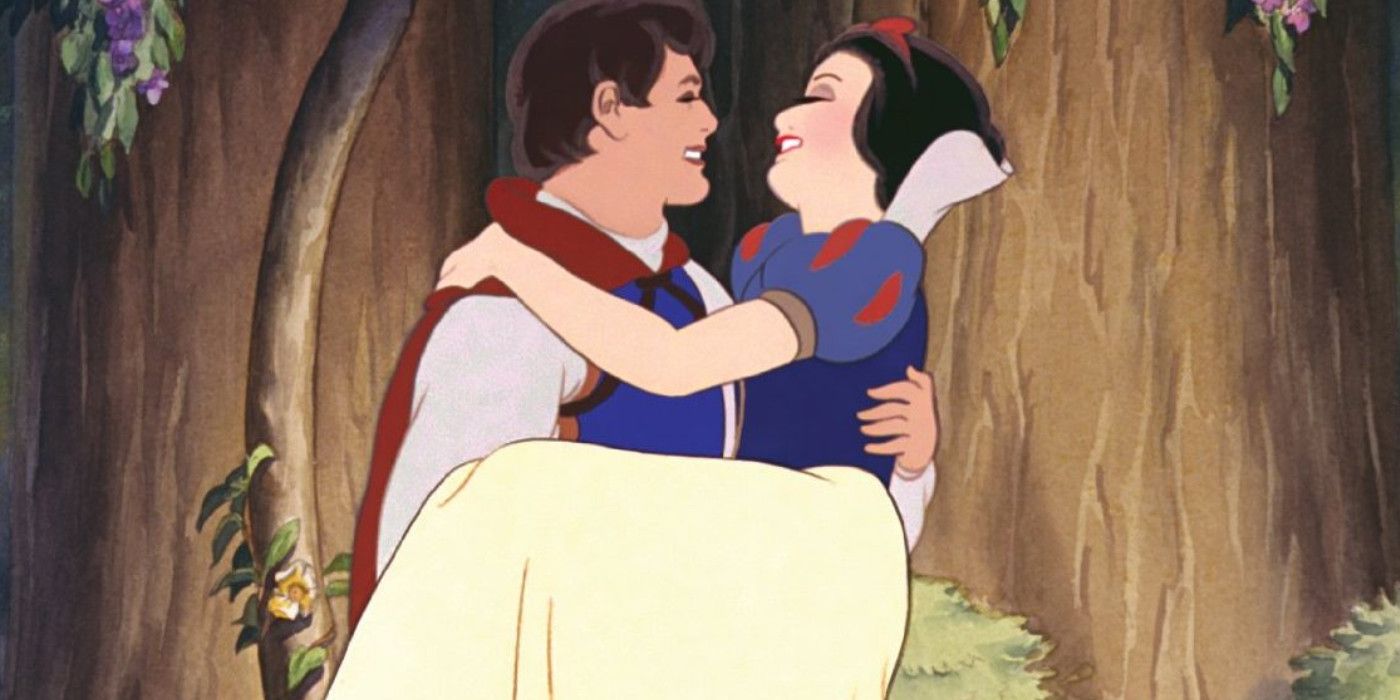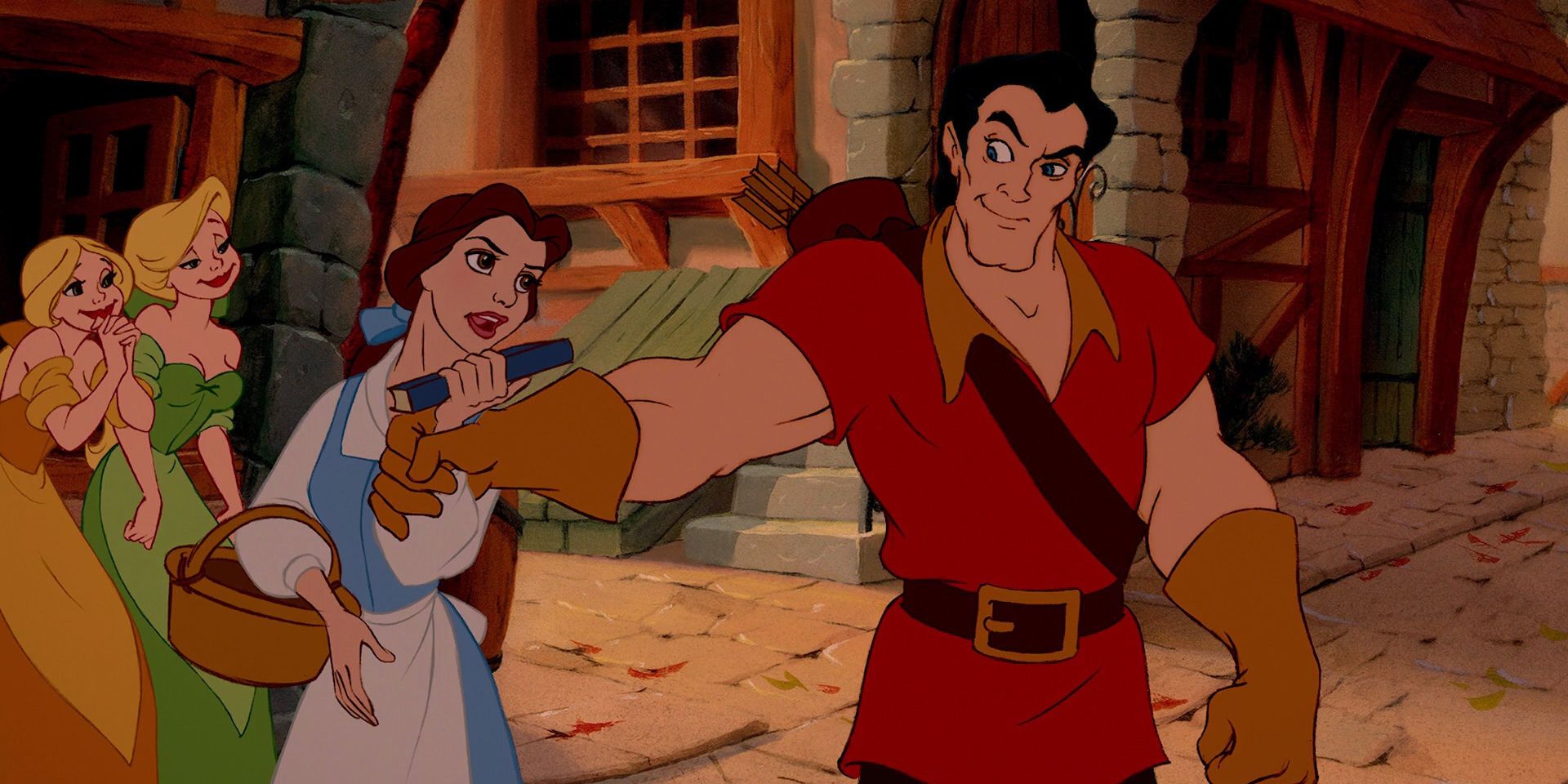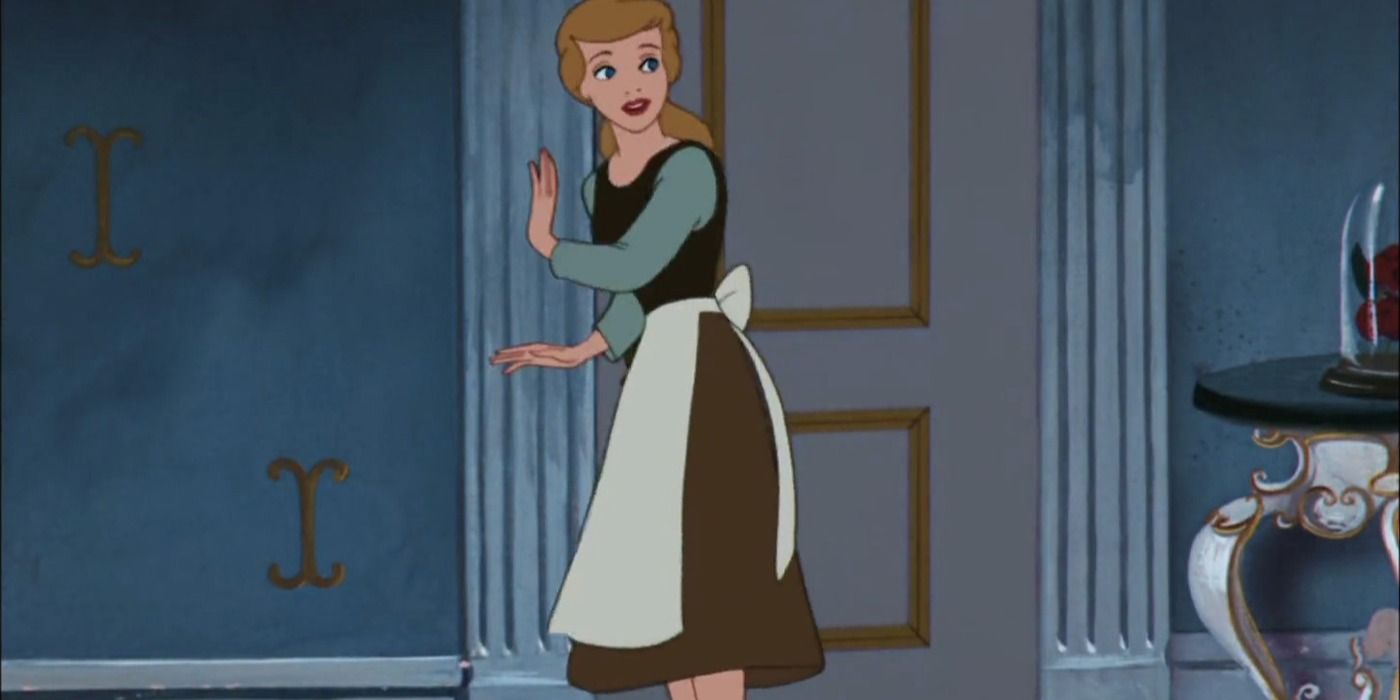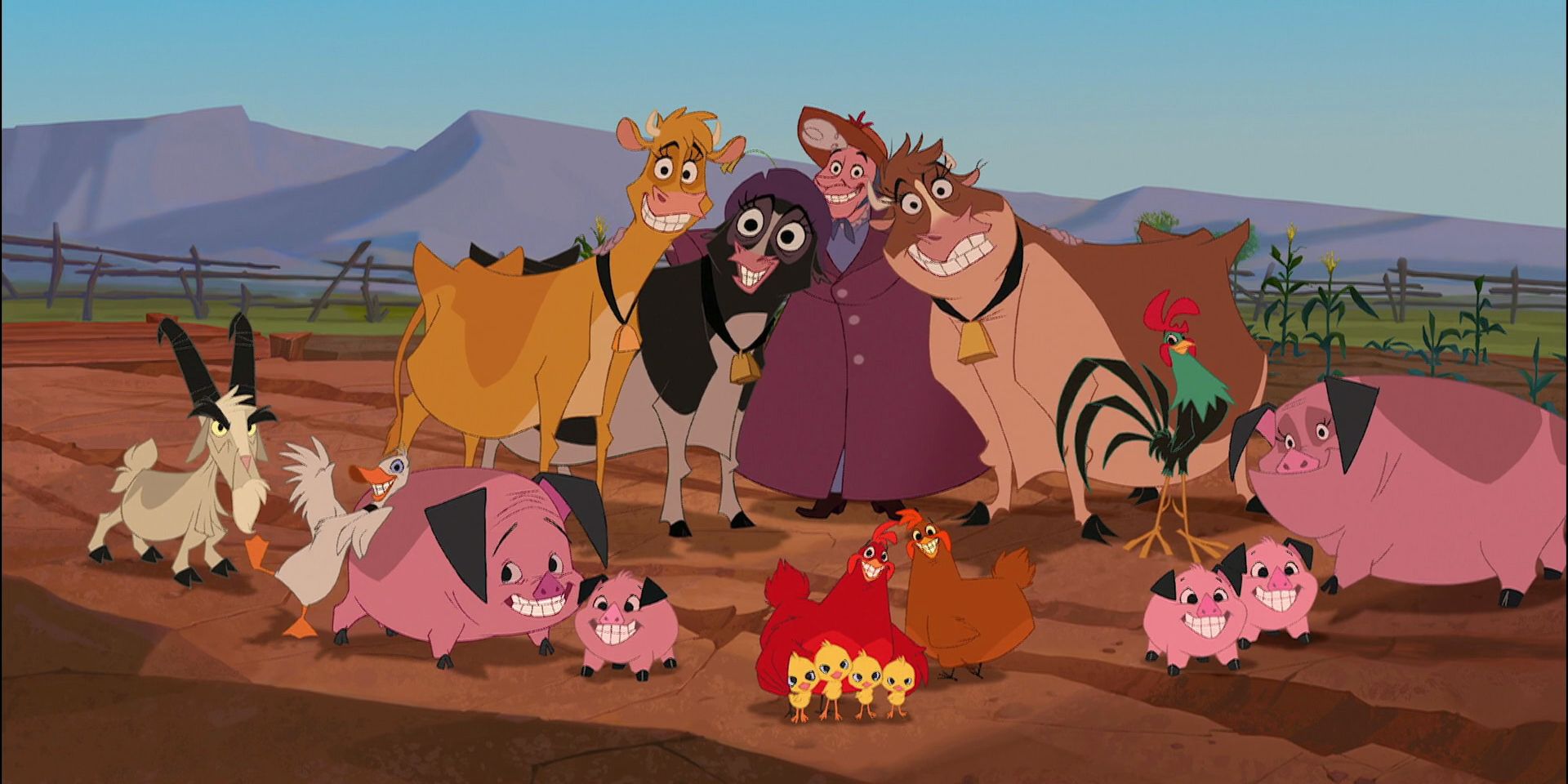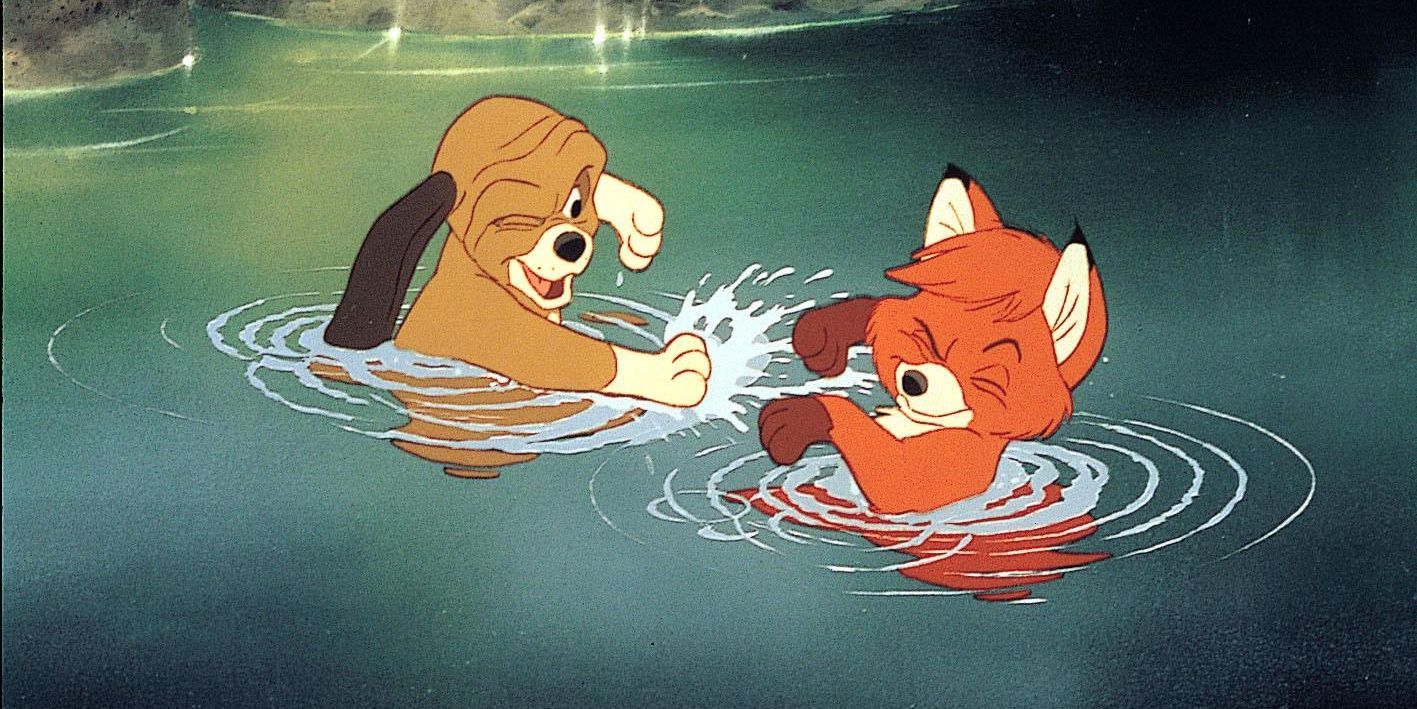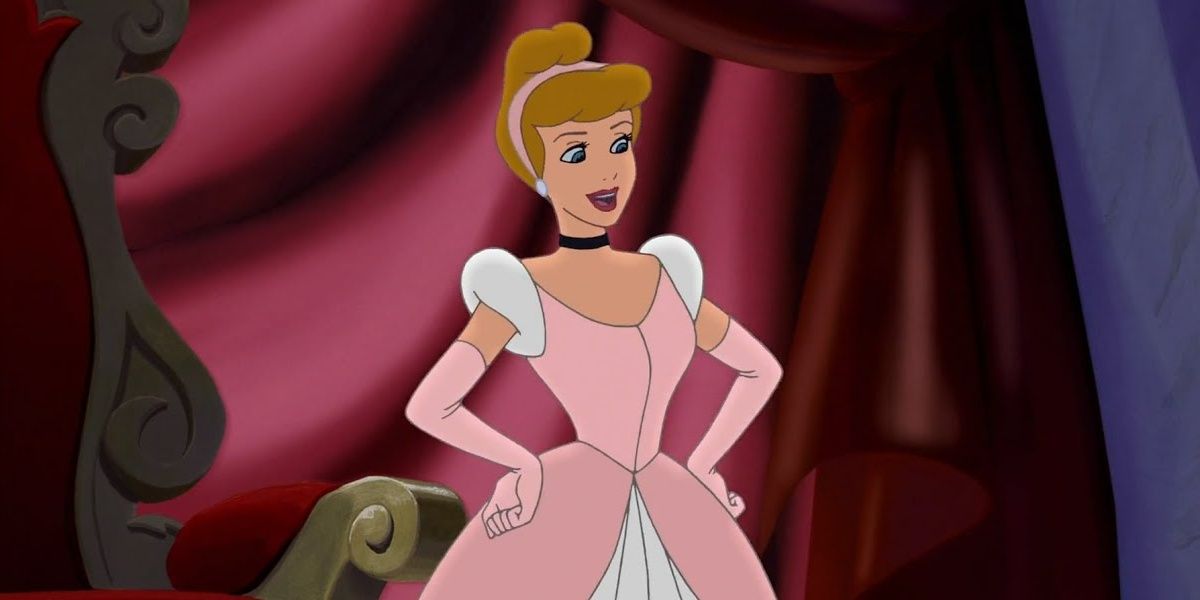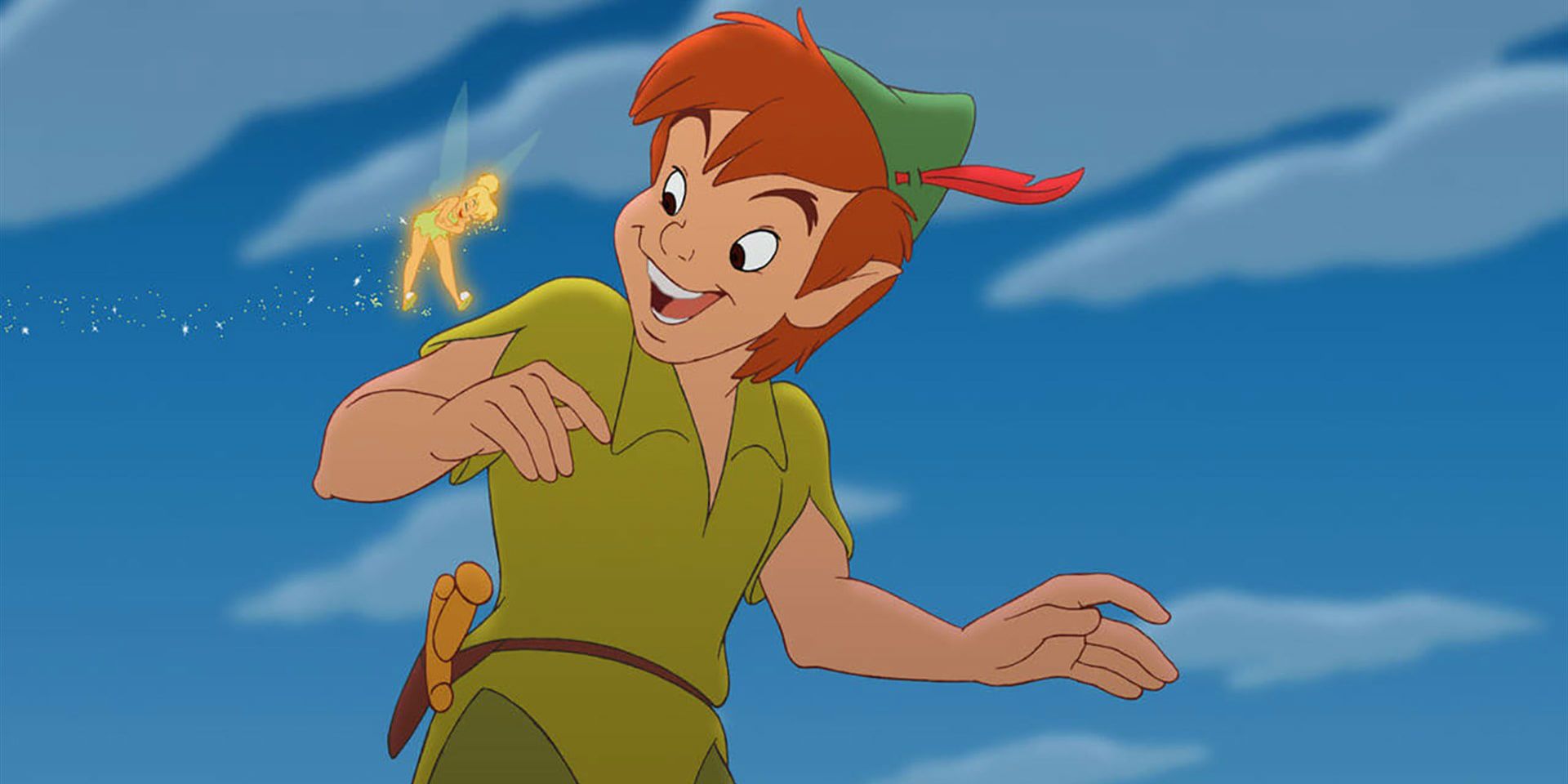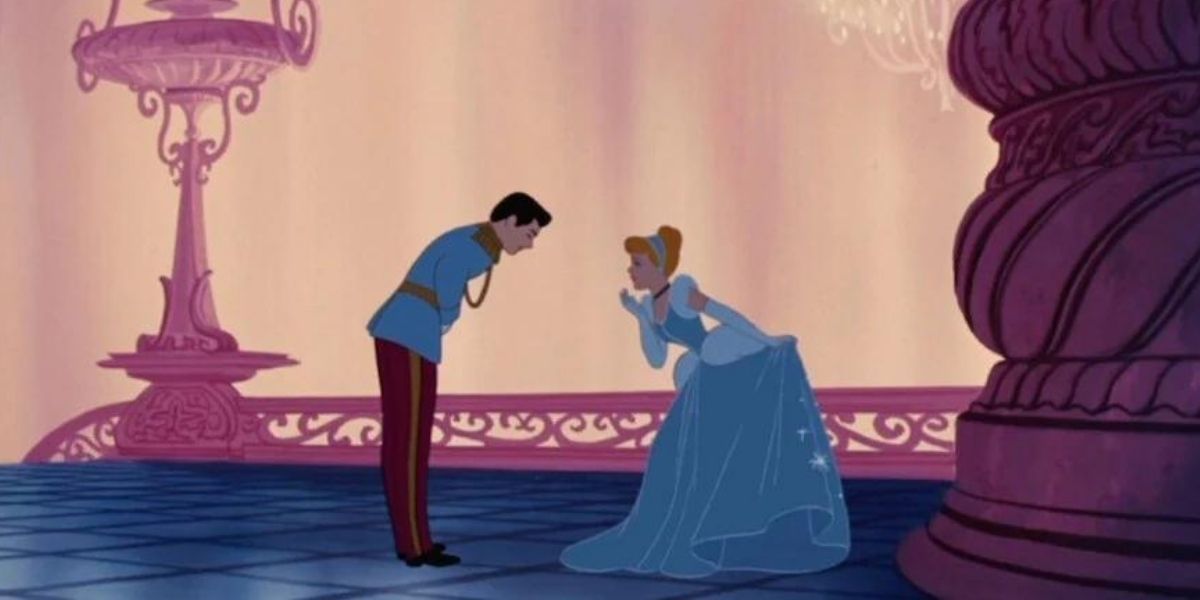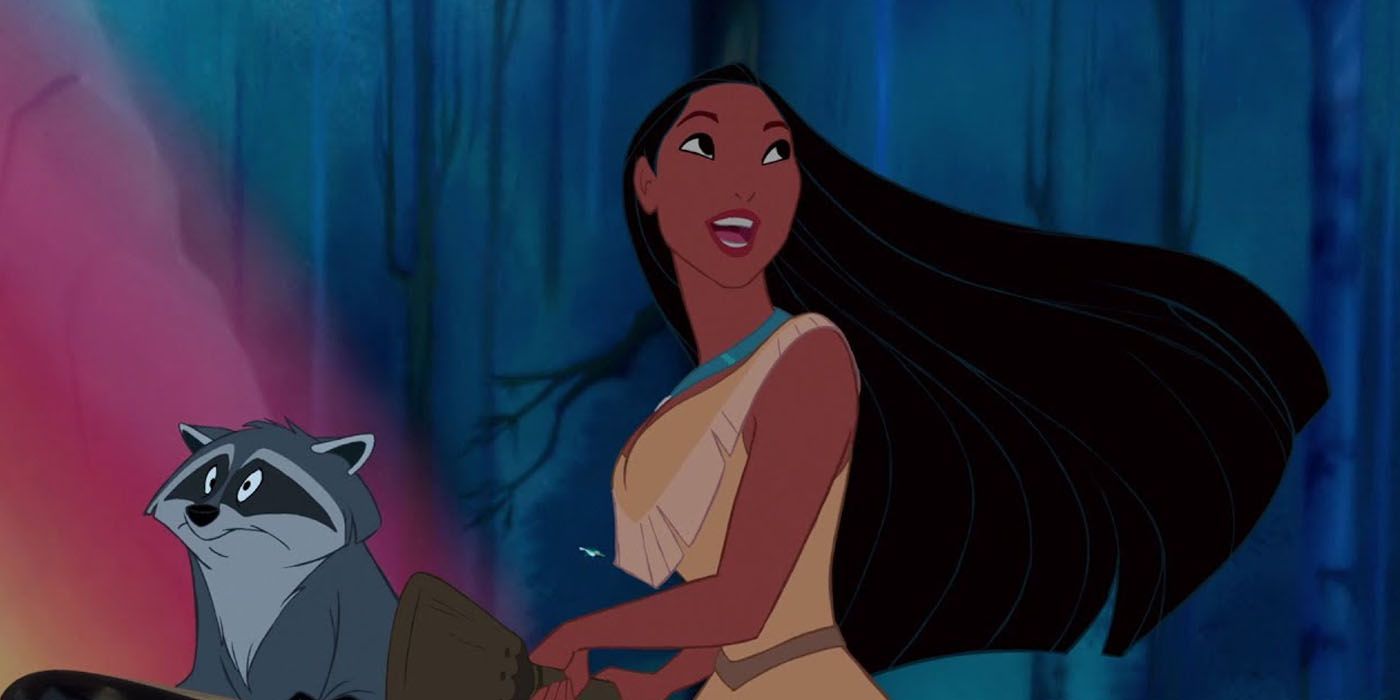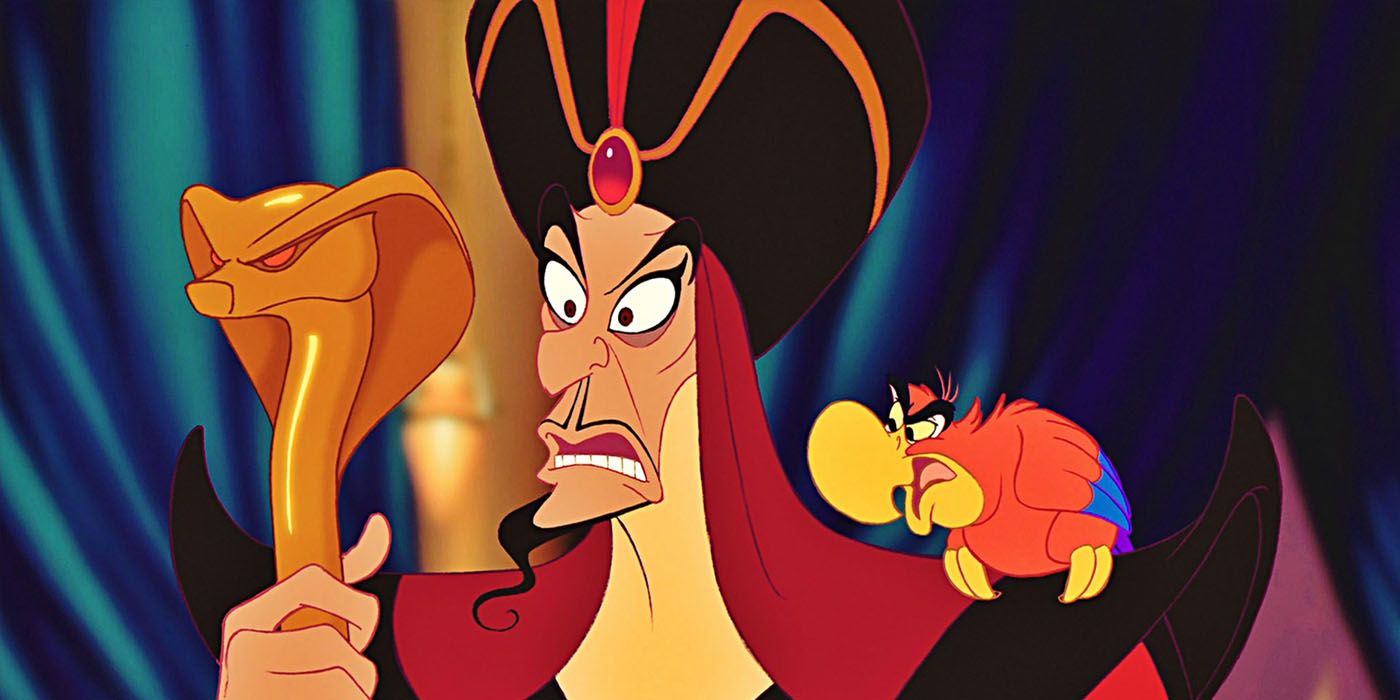The recent release of the Disney movie Strange World is a timely reminder that there is still a great deal of magic to be found in the studio’s animated brand. Indeed, some of their animated movies have come to be regarded as true film classics.
At the same time, it must also be admitted that there are some harsh realities that viewers have to face when they rewatch various Disney animated movies from throughout the studio’s history. While some aspects of these movies hold up, some of their shortcomings have only become more glaringly obvious with the passage of time.
The Princes Lack Personality
It’s no secret that there are many great Disney princesses. In fact, the studio’s animated brand is often dependent on these characters. However, this often means that, with some notable exceptions, the princes of these stories tend to be rather thinly-drawn.
This is most evident in movies like Snow White and Cinderella, but it’s also there in such figures as Prince Eric from Little Mermaid. It’s not that they’re bad characters, necessarily, it’s just that they are so much less interesting than their princess counterparts, to such an extent that it’s sometimes easy to forget them altogether.
The Gender Roles Are Outdated
Though they might be somewhat thinly drawn, there’s also no escaping the fact that many of the Disney princes are the ones who drive the majority of the action. With some exceptions, the various princesses - including more active ones like Jasmine and Belle - rely on the male characters to save them from whatever dangers they find themselves in.
Obviously, some of this stems from the source material, and some of it comes from the moments in which they were produced. Nevertheless, for a new generation of movie watchers, some of the more glaring gender dynamics in these movies can be jarring and more than a little vexing.
Some Movies Are Just Boring
Disney has created some of the best animated movies in the history of the form. However, for every exciting adventure or retelling of a classic fairy tale, there is an example that shows that, sometimes, Disney movies are just boring.
To take just one example, Pinocchio, while technically quite proficient, lacks some of the visual dynamism of some of the studio’s other offerings. The same can be said of Cinderella, which largely lacks the sort of visually stunning look of Sleeping Beauty or the more lively princesses of the Disney Renaissance.
The End Of The Renaissance Wasn’t Good
The movies of the Disney Renaissance are an undeniable high point for the studio, and they showed what could be accomplished. However, the movies that came in the aftermath - such as Home on the Range - lack the things that made their immediate predecessors so entertaining and hugely successful.
It’s not that such movies are explicitly bad per see, it’s more that they exhibit a certain sort of artistic aimlessness, and it becomes clear very quickly that they lack the same spark of creativity that made previous works a success. More than anything else, they feel like paint-by-numbers efforts rather than works of art in themselves.
The 1980s Was A Bleak Decade
Though there are a number of underrated Disney movies from the 1980s, as a whole the decade was a rather bleak one for the studio. Yes, The Black Cauldron is enjoyable, and The Fox and the Hound is heartbreaking, but neither of these has quite the level of aesthetic maturity of the movies that preceded or succeeded them.
In fact, given the lackluster performance of many of the Disney movies of the 1980s, the studio’s return to box office dominance in the 1990s is even more extraordinary. It is never wise to write off Disney, no matter how low their fortunes fall.
Some Sequels Simply Shouldn’t Exist
Throughout the 1990s and into the 2000s, Disney excelled at producing a number of sequels to its most famous movies. While some of these, such as The Lion King 2, came somewhat close to the grandeur of the originals, for the most part, they were very inferior efforts, marred by subpar animation and songs and lackluster stories.
While they are harmless enough, it has to be said that, in a way, they also manage to tarnish their original movies. More to the point, these sequels should also be a warning to other studios of the perils of trying to return to the same well too many times.
Some Of Them Are Just Plain Racist
Disney movies, like any other set of movies, are very much products of their time. Unfortunately, this tends to mean that some of their earlier efforts in particular contain elements of racism, particularly in how they represent certain minorities.
This emerges clearly in a movie like Peter Pan, for example, with its very outdated presentation of Native Americans, as explored by the Smithsonian Magazine. It also shows up in other places, such as arguably Disney’s most notorious movie, Song of the South. Fortunately, it does seem as if the studio is learning from its past mistakes as it now makes an effort to deliver more inclusive stories, creating movies like Moana and Encanto, which celebrate the cultures of the Pacific Islands and Colombia respectively, in a positive and sensitive manner.
Unrealistic Happy Endings
Given that so many of the classic Disney animated movies are based on fairy tales, it makes sense that they would lean into their happy endings. However, this is an element of their stories that doesn’t always stand up to scrutiny upon a rewatch.
In particular, they often feel more than a little unearned, and this isn’t helped by some elements of the stories which aren’t as fully developed or articulated as they should be. Just as importantly, this is also a more cynical age in terms of popular culture, so it makes sense that many viewers wouldn’t be quite as patient with the traditional happy ending.
The History Is Almost Always Wrong
One of the most notable things about the Disney Renaissance was the extent to which it was willing to set its stories in actual historical periods. This was true of Pocahontas, The Hunchback of Notre Dame, Mulan, and even Hercules.
However, this also comes with the caveat that the history involved is often misconstrued in order for it to fit more neatly within the established frame of the animated story. In particular, Pocahontas remains Disney's most controversial Princess movie due to its harmful re-writing of the real-life Pocahontas' story (per CBR). The liberties many of the Renaissance-era Disney movies take with established history are glaring, particularly from the viewpoint of 2022.
Homophobia Via LGBTQ+-Coded Villains
Disney has always excelled at creating great villains. These engaging characters are the ones that most people remember, and they are often far more interesting than the heroes who are supposed to be at the center of the story.
At the same time, there’s also no question that many of these villains are also coded so that they are meant to be seen as LGBTQ+, or non-normative, in one way or another. Among the list of queer-coded Disney villains are Captain Hook, Ursula, and Maleficent. While this is what makes them so engaging for many LGBTQ+ viewers, it also supports the subconscious idea that there is something intrinsically wrong with being born this way, which is an uncomfortable notion for modern viewers.

